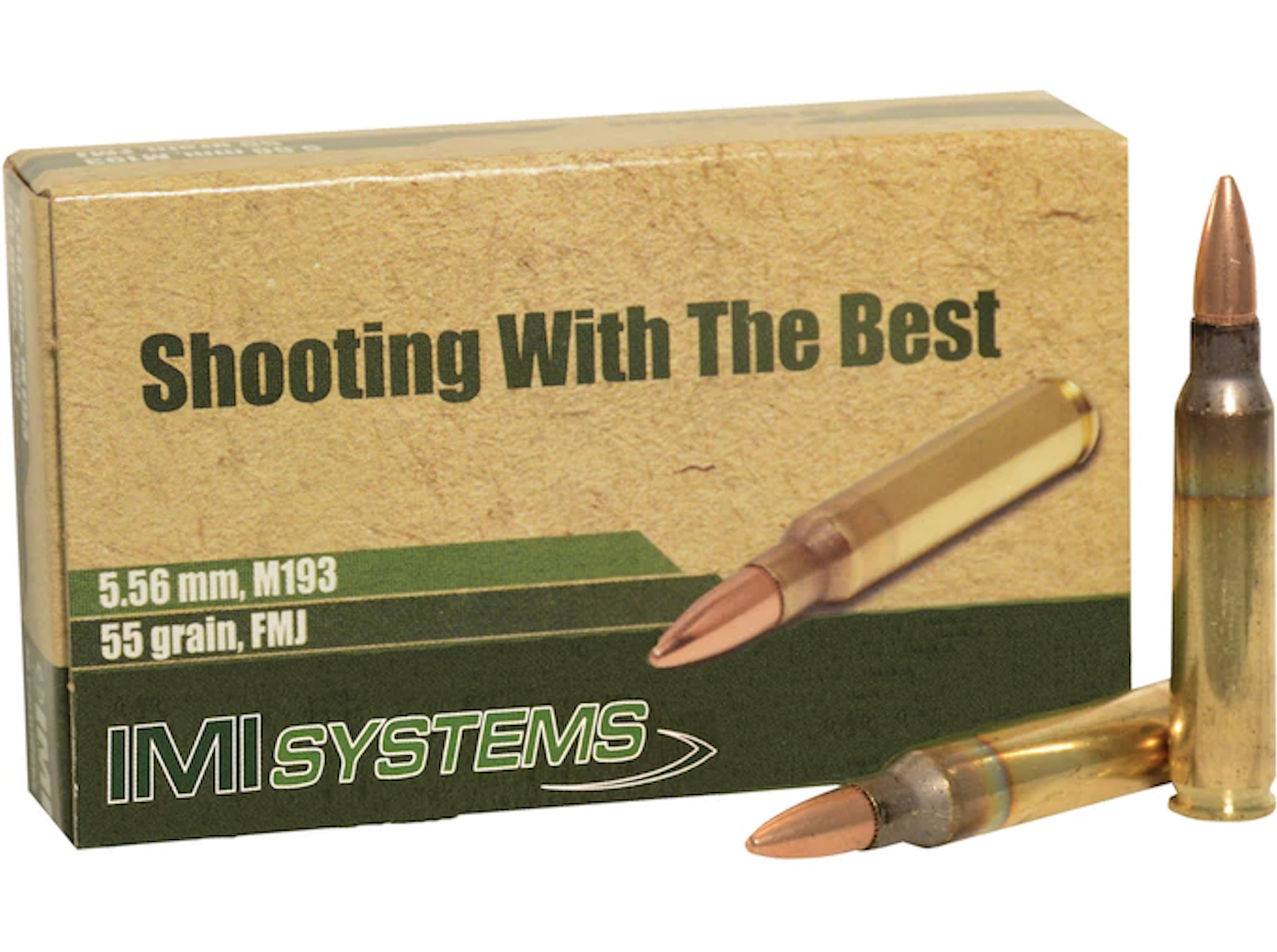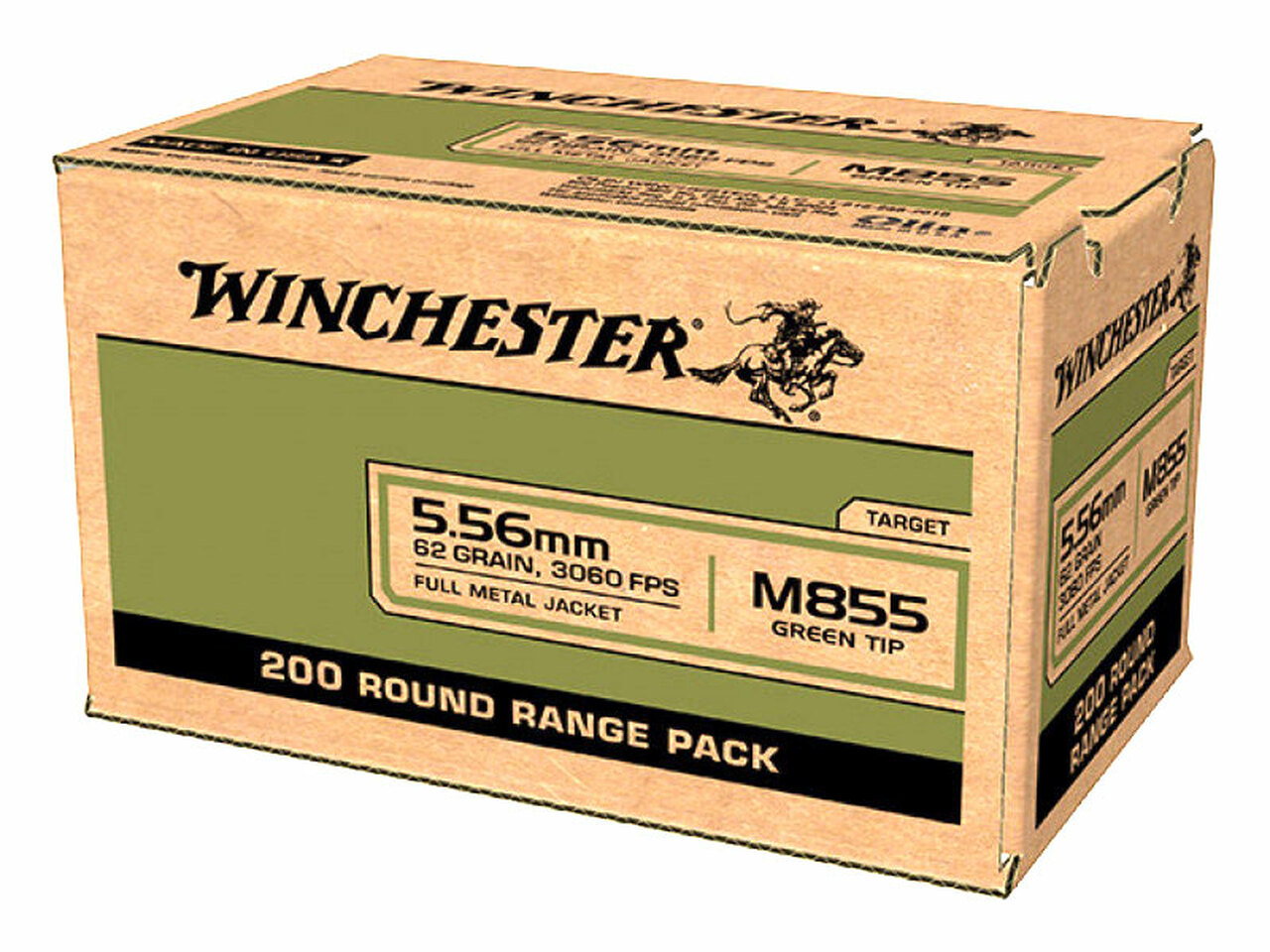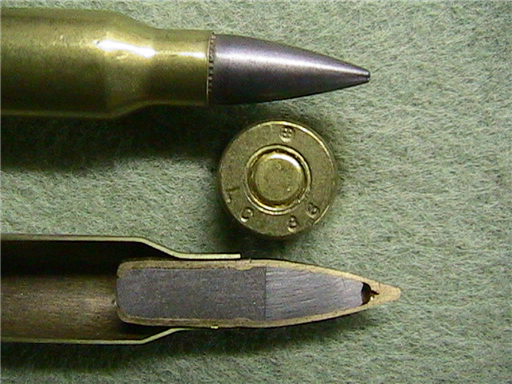Posted by Modulus Arms on 7th Sep 2021
M193 vs M855
M855 ball, colloquially referred to as M855 green tip, is known to most shooters as the green steel tipped 5.56 rounds that have range safety officers frothing at the mouth. Its counterpart and predecessor as the NATO standard service rifle round, the M193 ball, is similar and both serve as staple rounds commonly used with the popular civilian AR-15 and service rifles alike. Whether you are looking to stockpile for training, hunting or home defense it’s likely that you’ll find yourself weighing your options between these two types of ammunition.
M193 vs M855 History
In 1957, the United States Continental Army Command decided that they wanted the exact opposite of that — a round that maintains velocity and penetrates thick clothing & steel helmets at long distances (out to 500 yards). Lo and behold, the steel tipped 5.56 M855 ball was born. By 1982, NATO also adopted the round to improve long distance accuracy with the FN Herstal M249 Squad Automatic Weapon (SAW). NATO would also go on to adopt the SS109, a round similar to the M855 with slightly different tolerances.
M855 ball’s penetration capability is not to be mistaken for what is considered to be armor penetrating. It is by no means on par with tungsten projectiles (such as the M855A1 variant) or depleted uranium tips. In fact it’s not legally defined as an armor piercing round (AP).
According to the U.S. Code and ATF definitions, the legal definition of “ armor piercing ammunition” is interpreted as the following:
(i) a projectile or projectile core which may be used in a handgun and which is constructed entirely (excluding the presence of traces of other substances) from one or a combination of tungsten alloys, steel, iron, brass, bronze, beryllium copper, or depleted uranium; or
(ii) a full jacketed projectile larger than .22 caliber designed and intended for use in a handgun and whose jacket has a weight of more than 25 percent of the total weight of the projectile.
Note that lead is not listed as one of the substances and that the steel tip doesn’t make up more than 25% of the M855 bullet weight. This has permitted M855 and SS109 to be exempt from armor piercing regulations.
M193 vs M855 for Home Defense
When choosing a home defense round, we should be conscientious of the fact that typical dry walls of American households bear little anti-ballistic value. The last thing a homeowner wants is for their projectile to penetrate past the home intruders and into a neighbor’s house. Hollow points are highly favored for this reason because of their expansion and ease of fragmentation upon striking soft tissue, or other materials, reducing the chances of the projectile retaining its shape and over-penetrating through multiple barriers.
M855 vs M193 Ballistics
The density and superior drag coefficient of the steel tip and lead core allows the M855 projectile to ignore wind and shrubbery to a greater degree than that of M193 should one be shooting outdoors. The key difference in the performance of M855 and M193 lies in the M855 round’s steel penetrator tip and lead core. Upon impact, the steel tip allows the projectile to sustain its shape and effectively punch through barriers.
These features of M855 green tips can also be disadvantages. The M855 ball will only consistently tumble within tissue when shot within a hundred yards, while smashing cleanly through any soft bodies unless it manages to encounter bone in its trajectory. Without fragmentation and tumbling, less energy is transferred into the target which means less damage. This should be taken into consideration for hunters to avoid chasing down game not taken down with the first shot.
While the M855 was designed with hard targets in mind, the scenario in which the average shooter needing to go toe to toe with armored targets is slim. However, the M855 is not without practical merit. It remains today as a popular caliber choice for wild boar, long distance game and in areas of dense foliage or brush. As the M855 ignores wind reasonably, it can also serve as an excellent round for zeroing optics.
M193 Ballistics

The M193 is the base standard of the average 5.56 round—full metal jacketed lead core in 55 grain, capable of traveling at over 3,200 feet per second as it exits the muzzle. These features allow the projectile to reliably tumble and fragment upon impact with soft targets. Although this may be a desirable trait with soft targets, it’s not the same case for thicker armored targets.
As an example check out this popular M193 ball offering often found in sporting goods stores: IMI M193 5.56x45mm NATO 55gr. ($0.54/round as of 9/1/2021)
M193 Ballistic Specs:
- Usually 55 grain & 3,100 ft/sec - 3,250 ft/sec
- Excellent against soft targets: medium game and defense
- Is slightly less expensive compared to M855
- Less penetration than M855
- Affected by wind more than M855
- Best used with 1:8 twist barrel
M855 Ballistics

With a heavier projectile of 62 grains and muzzle velocity of around 3,000 fps the M855 is actually quite similar to the M193. The most notable difference is the M855 ball’s green tip and steel penetrating tip. Despite the reduced speed from the extra weight, the bullet boasts a higher performing ballistic coefficient to ignore wind and travel straighter compared to M193 ball ammo.
As an example check out this popular M855 ball offering often found in sporting goods stores: Winchester M855 5.56 x 45mm. ($0.57/round as of 9/1/2021)
M855 Ballistic Specs:
- Penetrates ⅜” Mild Steel within 150 yards
- Velocity of 3100 ft/sec & steel tipped nose
- Marked green tip and spitzer boat tail base
- Can cause sparks when hitting hard surfaces
- Will deteriorate steel targets
- Does not fragment easily or tumble within 100 yards
- Does not cause as much wound cavity within target
- Is not affected by wind and shrubbery as much as M193
- Costs slightly more than M193
- Best used for 1:7 twist barrel
Steel and bimetal ammo are not to be confused with steel-cased ammo. It’s only when the projectile itself has steel that it becomes a fire hazard. If a range tells you otherwise, it is because they can’t reload steel casings and it’s more convenient when gathering the spent brass for reloading purposes (which can be a profitable endeavor).
Is steel cased 5.56 safe to use?
A safety precaution to understand prior to using steel tipped ammo is that when steel strikes hard surfaces (rocks or steel targets) at near the speed of sound, sparks can fly which is why they are considered a fire hazard. Consequently, M855 is usually not allowed in most shooting ranges as well as BLM land, especially during fire season. This is a key factor in most shooters’ choice of rounds; ammo is no good if you can’t shoot it anywhere.
What is XM 5.56 Ammo?
When buying ammo from Federal American Eagle, the M193 and M855 available are usually marked as XM193 and XM855. The M defines “military-specified standards” while XM expresses “ not military-specified standards”. These are extremely tight tolerances however and do very little to the ammunition’s performance.
Which Round Should I Buy?
While M855 is designed to bore through surfaces, M193’s lack of a steel penetrator and softness allows M193 to hold an advantage over M855 in striking soft targets and being able to be used at any range rated for rifle calibers. For your everyday range ammunition and defensive rounds, M193 is the way to go. Regardless of the round you choose, make sure it is one that you can use the most often based on your intended purposes. A good shooter is made good by practice and experience rather than the use or purchase of more expensive rounds.
Start your next 80% build with Modulus Arms!
Already have 5.56 ammo you’re itching to use but don’t have an AR-15 to shoot it out of? Build one today with our unique 80% AR-15 lower receivers. Don’t forget to grab a Router Jig Extreme, our universal 80 lower jig that allows you to mill out and finish any 80% AR-9, AR-10 or AR-15 lower on the market.


